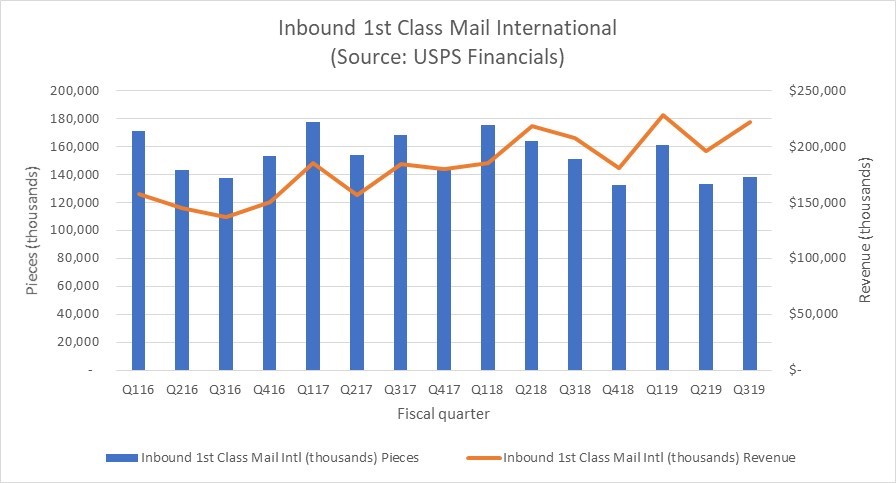No products in the cart.
Changes coming for international packages with UPU option
Get ready – the cost of cross-border e-commerce trade will be increasing in 2020. For those small parcels moving through postal networks, the pinch will be felt the strongest thanks to the recent Universal Postal Union decision.
“Under the antiquated rules of the Universal Postal Union, the USPS, the postal system, has to heavily subsidize the incoming mail of a number of countries to the tune of hundreds of millions of dollars a year, it puts our manufacturers and our workers out of business,” White House trade adviser Peter Navarro said in an interview with Fox News.
With the threat of a potential U.S. withdrawal from the Universal Postal Union (UPU) hanging over the group, the UPU convened an “extraordinary congress” to address U.S. concerns and proposals.
The result was the passing of what was called “Option V,” which will allow the U.S. to raise prices for packages arriving from other countries beginning in July 2020, in exchange for a contribution into the Union’s “voluntary fund,” which covers security and pensions. Other countries can also adjust prices on U.S. inbound packages next July and on packages from elsewhere by set amounts each year beginning in 2021.
Most of the changes will apply to letters and packages under 4.4 pounds, sent internationally.
The main issue has been terminal dues, the system that posts use to pay one another for international deliveries of letters and small packages. The global terminal dues system, updated every four years by the UPU, does not fully reflect actual domestic processing and delivery costs. The imbalance has been most notable between China and the U.S. due to the fact that China is still classified as a developing country and thus is required to pay a much lower terminal due.
So, just how much could terminal dues rise? Low estimates range from 125% to 180%, while others suggest terminal dues could increase by up to 600%.
A look at some of USPS’ international inbound volume finds that for the first three quarters of fiscal year 2019 (Oct. 1, 2018 – June 30, 2019) Inbound 1st Class International pieces are down 11.8% while revenue is up 5.8%. First Class Mail International is the lower cost, longer delivery service option as compared to Priority Mail International and includes mail and small packages weighing four pounds or less.

Much of the year-over-year increase in revenue was probably due to the postal operator increasing 1st Class International rates an average 3.9% for 2019.
To mitigate losses, a few years ago, the Postal Service created a special inbound ePacket product with its own rate higher than terminal dues. The ePacket is designed for small lightweight e-commerce packages and includes extra services like basic tracking. According to a 2014 U.S. Office of Inspector General report, China Post is the largest exporter of ePackets into the U.S. with 96% of the total ePacket volume. During FY 2012, China generated more than 26 million ePackets, resulting in over $25 million in revenue, a volume increase of 182%, and a revenue increase of 316% over FY 2011.
However, the concern of many is that DHL, FedEx and UPS may benefit more than the USPS. Already, these express carriers have expanded and optimized their international networks and acquired and/or built specialized cross-border solutions to provide faster delivery times. It’s about speed and USPS offerings such as 1st Class Mail International with a delivery time average of seven to 11 days can be a difficult sale to such businesses as Amazon that now promise next-day delivery services for its Prime members.
In fact, analysis from Cargo Facts Consulting’s latest report, 2019 Global E-Commerce Logistics Outlook, finds that it is likely over time that UPU terminal dues may become less relevant as cross border e-commerce moves towards a more controlled logistics chain which involves cross border movements taking place under a standard rather than CN38 postal waybill, with post-clearance onforwarding taking place under bilateral agreements between postal companies.
As the UPU, countries, postal operators and express carriers celebrate, preparations are underway for rate increases that will come later in 2020. The impact will be determined by those that control the demand of such services – consumers and businesses. While representing about 20% of all e-commerce, cross-border has outpaced growth in purchases from domestic sellers. Will it continue?
















